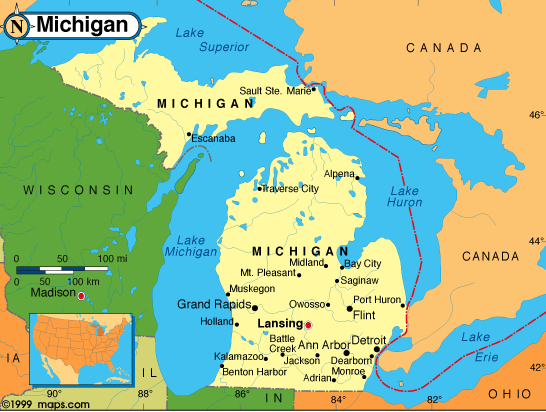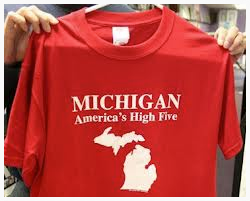Stay tuned? What Does That Mean?
/A student asked me about an email he’d received this week. His co-worker had signed off with “Stay tuned.” This was new to him.
1959 radio with tuning knobs (source: Wikipedia)
In general, the word tuning means “adjusting.” When a piano doesn’t play accurately, we call a piano tuner to adjust the strings. If a business project isn’t exactly the way we want it, we say it needs some small changes or fine-tuning.
The expression in my student’s email is related to televisions and (before that) to radios. To find the station you want to listen to, you have to tune in by turning the tuning knob to the right location. Once you’re tuned in to one station, the broadcaster wants to keep you there, so you will hear all of their programming--and their commercials!
Just before a commercial, the announcer would say, “Stay tuned” (or “Don’t touch that dial”). We’ll be right back after this message.”
The meaning in the email is, “I’ll get back to you soon with more information.” It’s an informal expression you can use in both email and in conversations. Try it out!
______________________________________ Note: When I was writing to a friend about my new television show called Feel Like You Belong, I closed my email with “Stay tuned.” I intended this as a double meaning. First, I meant to say that there would be more information coming soon. But also, I chose these words because they are originally a broadcasting expression. ☺














































